Caviar, often considered the epitome of luxury and indulgence, is a delicacy that has captivated palates around the world for centuries. Derived from the salted and cured roe of various fish species, caviar is synonymous with opulence and is highly sought after for its unique flavor and texture. In this article, we will explore the fascinating realm of caviar, highlighting its origins, types, and the burgeoning market it commands. Origins and Methods of Harvesting: Caviar has its roots in the ancient world, long being a symbol of wealth and status. Traditionally, sturgeon, a large fish native to the Caspian Sea, was prized for its eggs and the caviar it produced. However, due to overfishing and stringent regulations, wild sturgeon populations have significantly declined. In order to meet the growing demand for this delicacy, caviar farms, also known as aquaculture facilities, have emerged across the globe.
.
 These farms cultivate various sturgeon species under controlled conditions, ensuring the longevity and sustainable harvesting of this sought-after roe. These sustainable practices have helped to preserve the natural habitats of the fish and protect the species from further decline. Types of Caviar: True caviar can only be derived from sturgeon species, which produce the most valuable and renowned varieties. Beluga, Ossetra, and Sevruga are the most prized types of sturgeon caviar, with each offering its own unique flavor profiles and characteristics. Beluga caviar is known for its large, delicate eggs and buttery texture, while Ossetra boasts a slightly nutty taste. Sevruga, on the other hand, is distinguished by its small eggs and strong, briny flavor. Beyond sturgeon, other fish species offer different types of caviar that cater to diverse palates.
These farms cultivate various sturgeon species under controlled conditions, ensuring the longevity and sustainable harvesting of this sought-after roe. These sustainable practices have helped to preserve the natural habitats of the fish and protect the species from further decline. Types of Caviar: True caviar can only be derived from sturgeon species, which produce the most valuable and renowned varieties. Beluga, Ossetra, and Sevruga are the most prized types of sturgeon caviar, with each offering its own unique flavor profiles and characteristics. Beluga caviar is known for its large, delicate eggs and buttery texture, while Ossetra boasts a slightly nutty taste. Sevruga, on the other hand, is distinguished by its small eggs and strong, briny flavor. Beyond sturgeon, other fish species offer different types of caviar that cater to diverse palates.
..
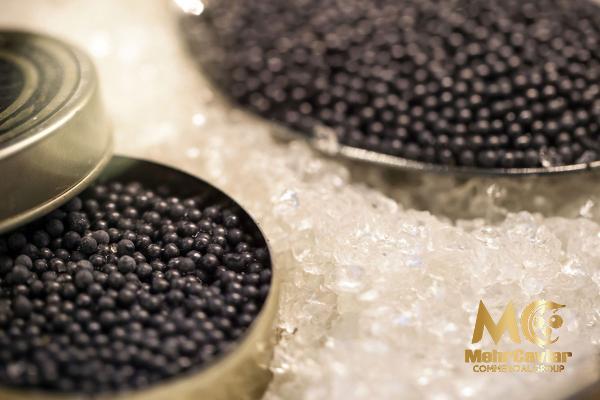 Salmon, trout, and whitefish caviars are popular alternatives, each offering their own distinct flavors and textures. While not as prestigious as sturgeon caviar, these alternatives are more accessible and often serve as a gateway for those venturing into the world of caviar. Market and Demand: The demand for caviar is growing steadily as it becomes more readily available to a wider audience. Once solely consumed by the elite, caviar is now enjoyed by gastronomic enthusiasts and individuals seeking to indulge in a luxurious delicacy. As a result, the caviar market has expanded, with online platforms and specialty stores catering to an ever-increasing customer base. Furthermore, the versatility of caviar has made it a sought-after ingredient in fine dining establishments worldwide.
Salmon, trout, and whitefish caviars are popular alternatives, each offering their own distinct flavors and textures. While not as prestigious as sturgeon caviar, these alternatives are more accessible and often serve as a gateway for those venturing into the world of caviar. Market and Demand: The demand for caviar is growing steadily as it becomes more readily available to a wider audience. Once solely consumed by the elite, caviar is now enjoyed by gastronomic enthusiasts and individuals seeking to indulge in a luxurious delicacy. As a result, the caviar market has expanded, with online platforms and specialty stores catering to an ever-increasing customer base. Furthermore, the versatility of caviar has made it a sought-after ingredient in fine dining establishments worldwide.
…
 Chefs continuously experiment with innovative ways to incorporate caviar into their culinary creations, elevating dishes and enhancing flavors. From garnishing sushi to topping blinis or scrambled eggs, caviar adds an element of luxury and sophistication to any meal. Conclusion: Caviar, with its rich history and unparalleled luxury, continues to enchant the palates of connoisseurs across the globe. The careful cultivation of sturgeon species and the increasing availability of alternative caviar options have broadened the market, allowing more individuals to experience this delicacy. As the demand for caviar grows, it is crucial to ensure sustainable harvesting practices to preserve the delicate balance of marine ecosystems. Whether enjoyed on its own or utilized in gourmet creations, caviar is undoubtedly a delicacy worth savoring and celebrating.
Chefs continuously experiment with innovative ways to incorporate caviar into their culinary creations, elevating dishes and enhancing flavors. From garnishing sushi to topping blinis or scrambled eggs, caviar adds an element of luxury and sophistication to any meal. Conclusion: Caviar, with its rich history and unparalleled luxury, continues to enchant the palates of connoisseurs across the globe. The careful cultivation of sturgeon species and the increasing availability of alternative caviar options have broadened the market, allowing more individuals to experience this delicacy. As the demand for caviar grows, it is crucial to ensure sustainable harvesting practices to preserve the delicate balance of marine ecosystems. Whether enjoyed on its own or utilized in gourmet creations, caviar is undoubtedly a delicacy worth savoring and celebrating.

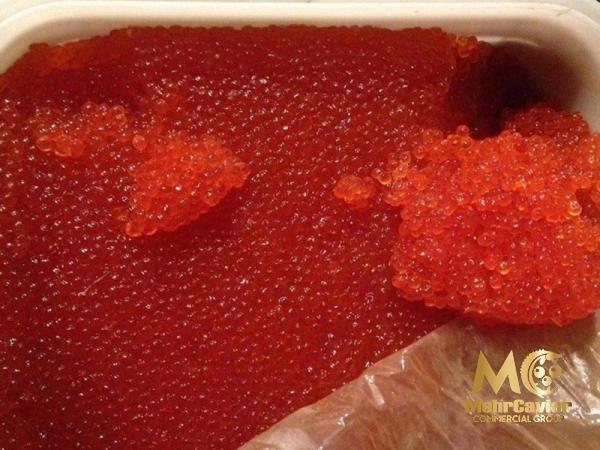





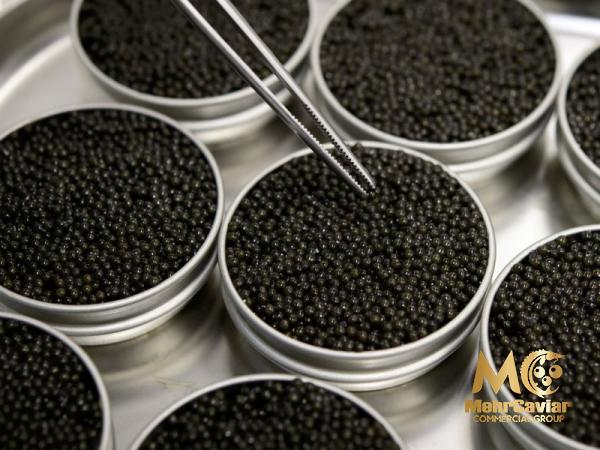
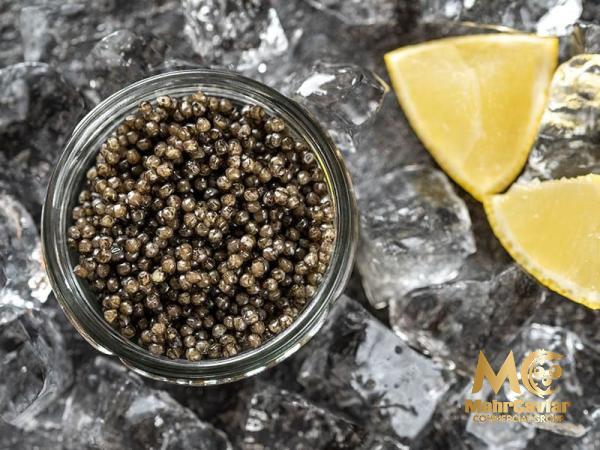
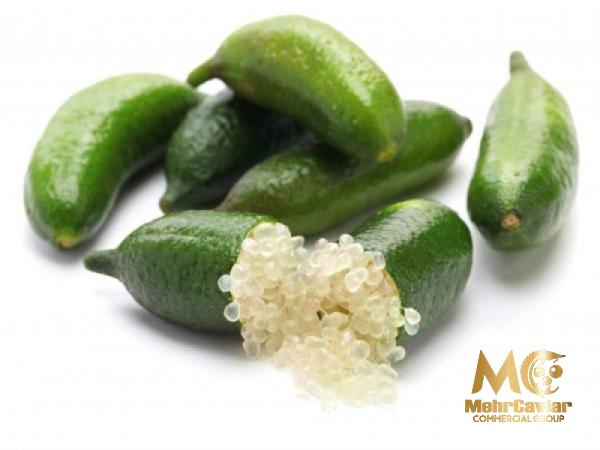
Your comment submitted.